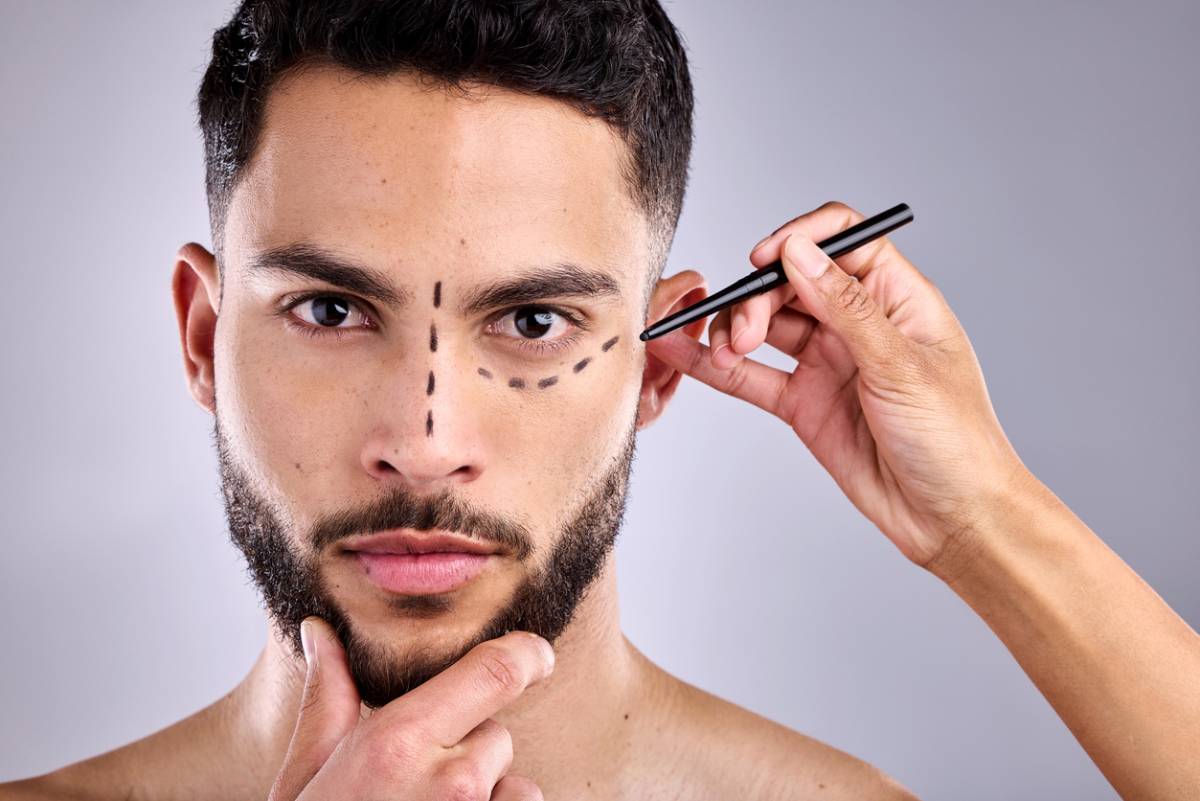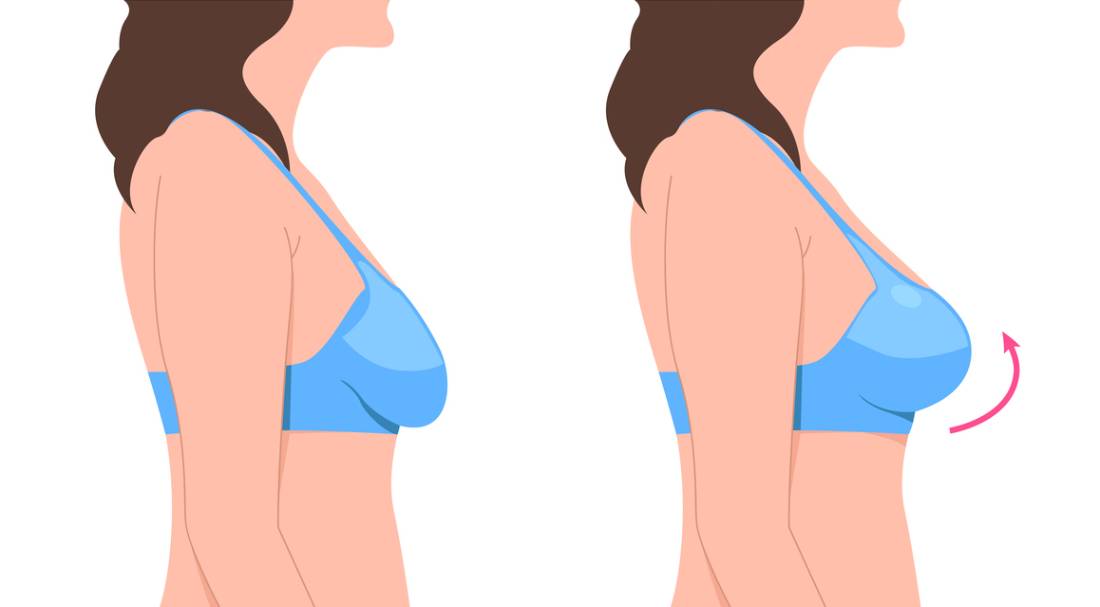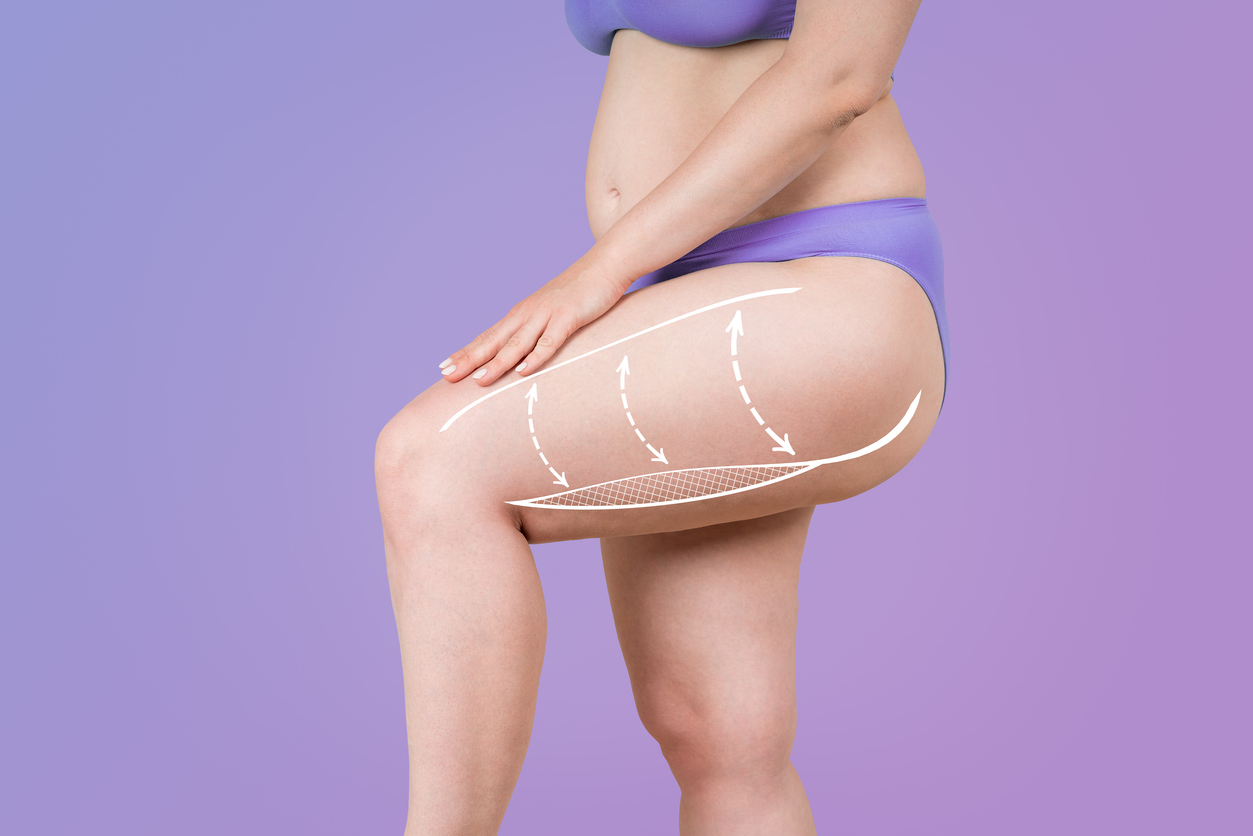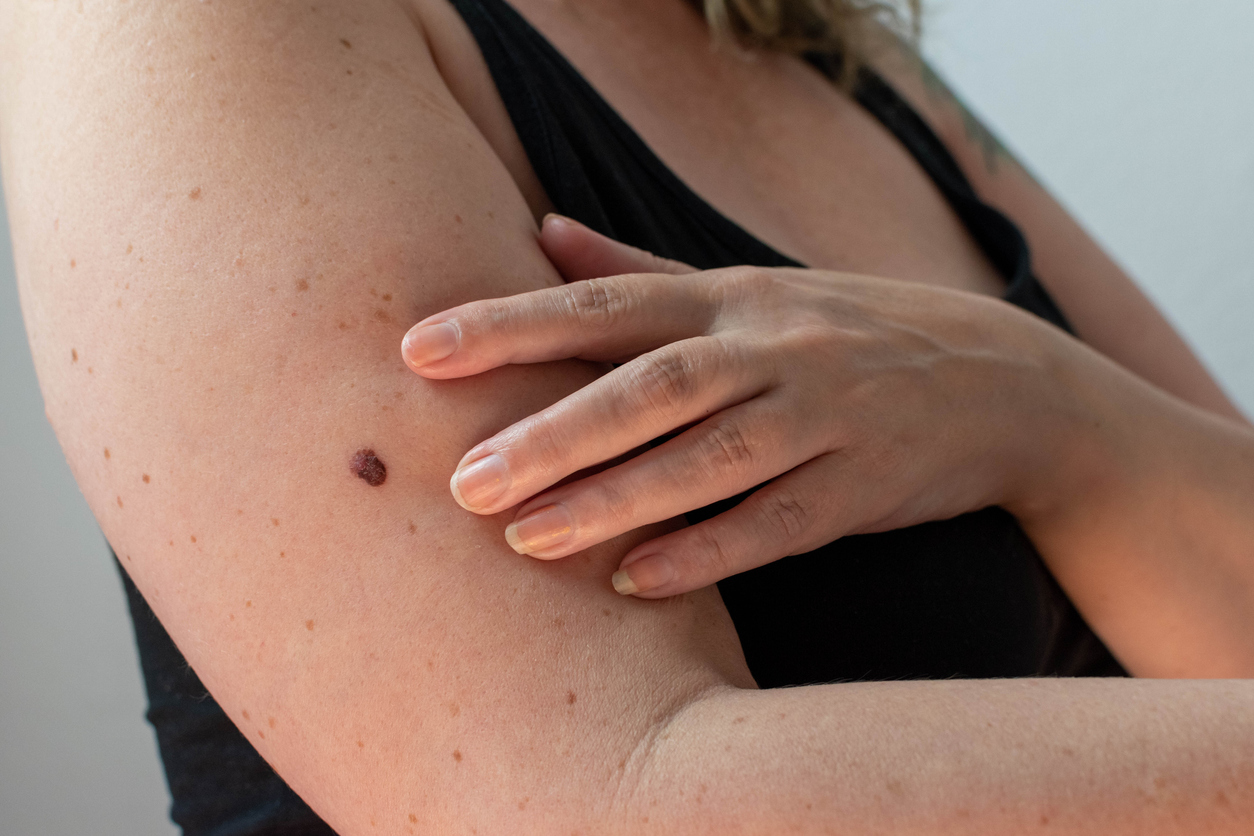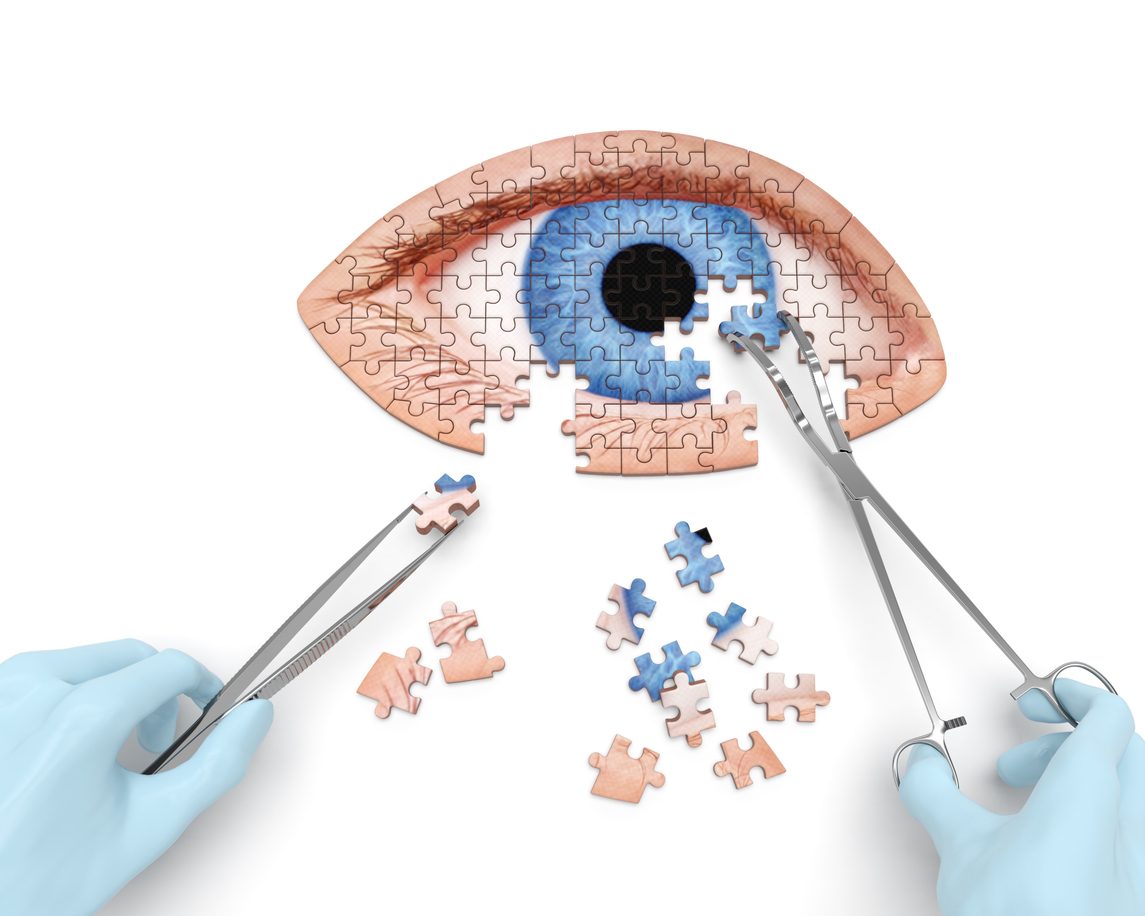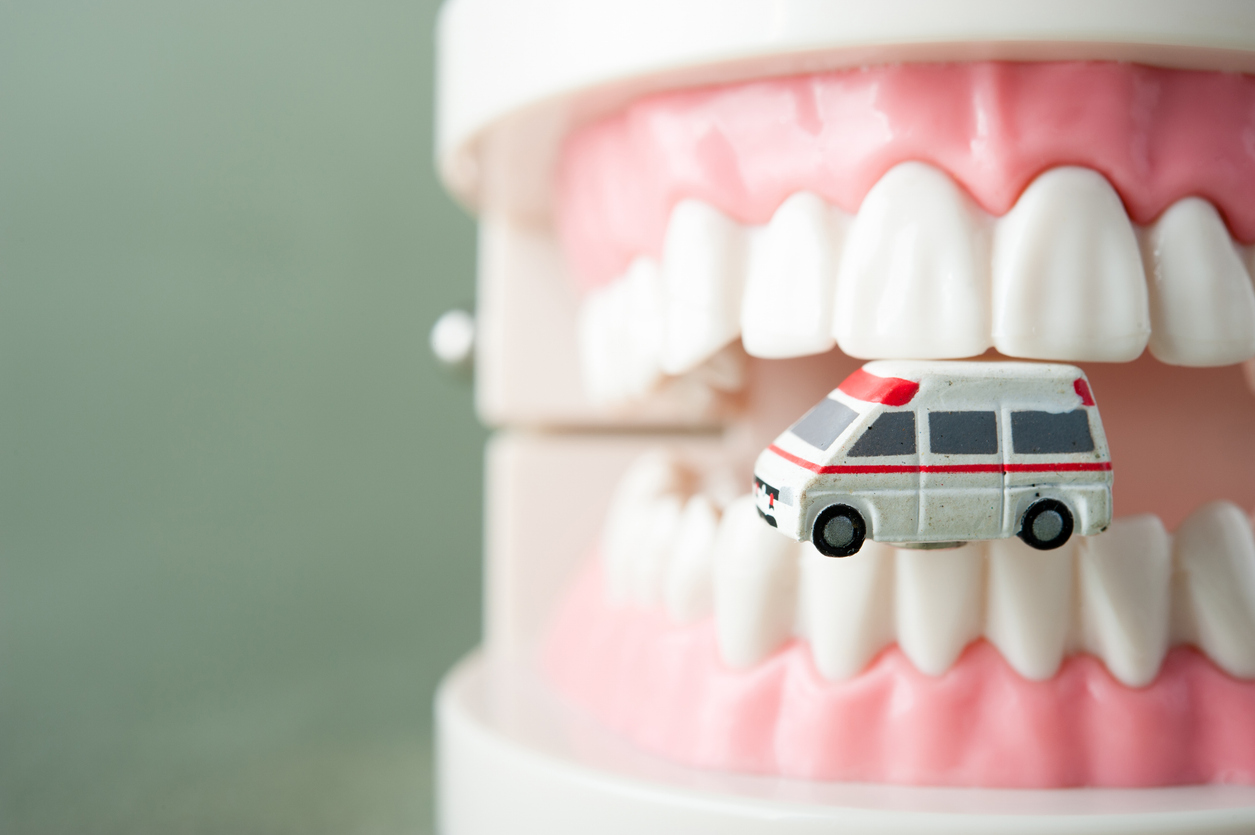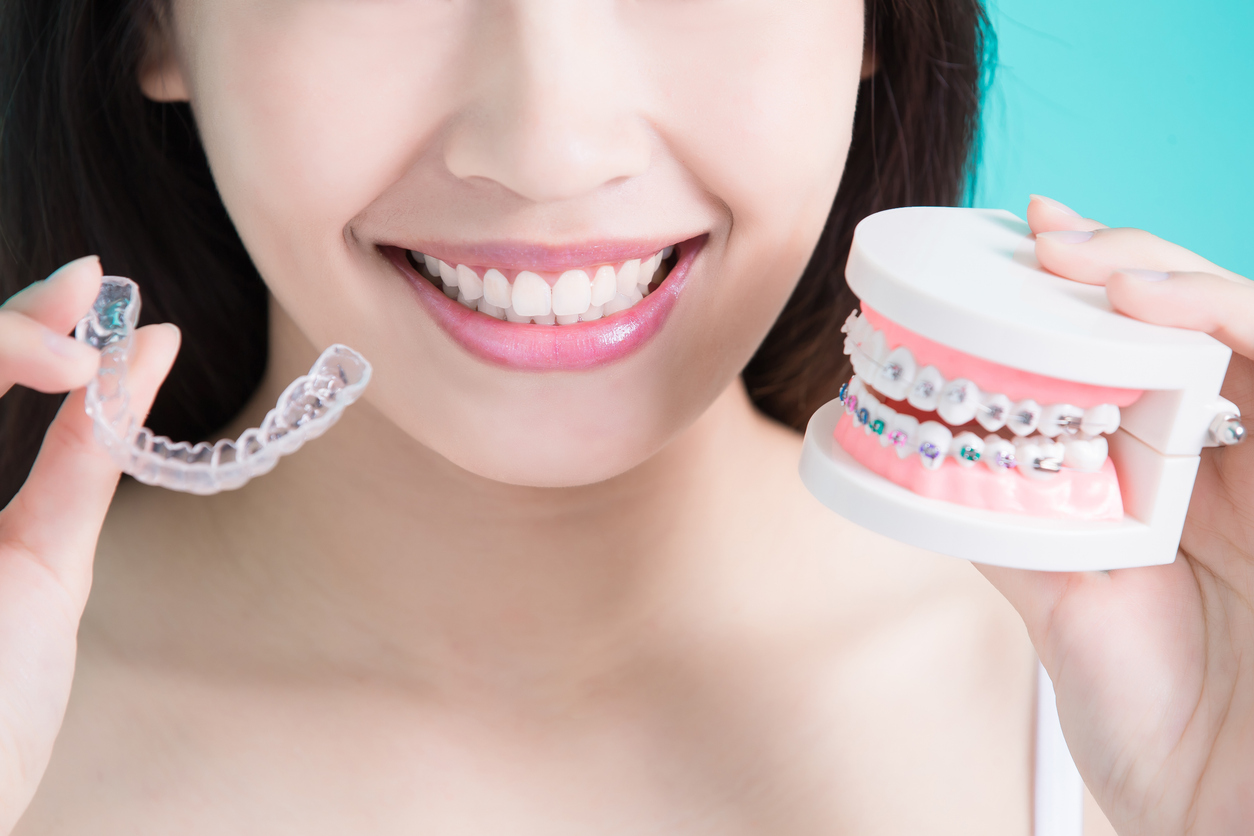Most Popular Plastic Surgeries for Men
Plastic surgery is often thought of as a medical field that primarily serves women. However, more and more men are opting to receive plastic surgery treatment to achieve the appearance that they feel best represents their inner self. Below, we cover the most popular plastic surgeries for men.
Many different plastic surgery procedures are available for men, and it can be overwhelming to decide on one to pursue. Knowing which ones are popular can help you narrow down which ones would serve you best.
If you’re interested in receiving a male plastic surgery treatment and don’t know where to start, take a look at this overview of some of the most popular treatments requested.
Men and Plastic Surgery
In some ways, for a long time, it has been somewhat taboo for men to consider modifying their appearance medically. Thankfully
The Most Popular Plastic Surgeries for Men
Plastic surgery has increased in popularity for men in recent years. There are particular surgeries that are frequently requested across demographics from men. Some of the following are considered mainstay surgeries for men interested in improving their appearance:
Chin and Jaw Implants
These types of procedures are popular with men due to their ability to increase the masculine qualities of a man’s face and jawline. A successful jaw implant can make a man’s jawline appear stronger and more pronounced. Most patients will be able to see the full effects of their jaw implant within two to three weeks following their procedure.
Rhinoplasty
A rhinoplasty is another prevalent plastic surgery procedure for men. Rhinoplasty is the technical term for a nose job, a plastic surgery procedure designed to modify the appearance of one’s nose. This includes reducing or augmenting the size of one’s nose, as well as making adjustments to its shape and overall appearance.
Rhytidectomy
Also known as a facelift, this type of procedure is designed to counteract some of the common impacts of aging. This includes reducing the presence of fine lines and wrinkles, as well as tightening and smoothing the skin of the face. A facelift can potentially be combined with other types of plastic surgery procedures. Ask your physician about potential combinations if this is something that you’re interested in.
Brow Lift
This procedure pulls the skin of the forehead tighter to reduce the presence of wrinkles and creases in the skin of the upper face. This type of procedure also has the potential to correct drooping eyebrows and “hooded” eyelids. Like a rhytidectomy, a brow lift can be successfully combined with other plastic surgery procedures to give a patient a more comprehensive update in terms of their appearance.
Breast Reduction
Gynecomastia is a term that refers to a condition that can cause swelling and breast enlargement in men. Male breast reduction reduces the swelling caused by this condition. It can give men a more masculine appearance in their chest area. This procedure is effective at removing most of the excess fat and tissue that may be contributing to the enlargement of the breasts.
Abdominoplasty
Abdominoplasty gives patients a sleeker and slimmer appearance in their midriff area. During an abdominoplasty, a physician will manipulate the skin and muscles in the abdominal area to give a patient a more toned look. This type of procedure is commonly performed on patients who have recently lost a significant amount of weight.
Eyelid Surgery
Also known as blepharoplasty, this plastic surgery adjusts the appearance of the eyelids for either medical or aesthetic reasons. Several types of eyelid surgeries can be performed, including the following:
- Upper eyelid surgery
- Lower eyelid surgery
- Double eyelid surgery
Upper eyelid surgeries and lower eyelid surgeries refer to their respective nominal eyelids. Double blepharoplasty aims to modify elements of the Asian eyelid. It is becoming increasingly popular in North America.
Liposuction
Liposuction is a body sculpting technique that can give a patient a more refined and slimmer appearance. Also, liposuction manipulates the muscles and fat of the target area to create a new appearance in this area. Contrary to popular belief, liposuction does not actually involve weight loss.
The Best Plastic Surgeon in Beverly Hills
Beverly Hills Plastic Surgery, Inc. is dedicated to offering the patients of Beverly Hills and beyond the best in all types of plastic surgery. If you’re looking to have some work done and need some guidance in terms of what you’re looking for from a cosmetic surgeon, contact us today to review your options from popular plastic surgeries for men.
